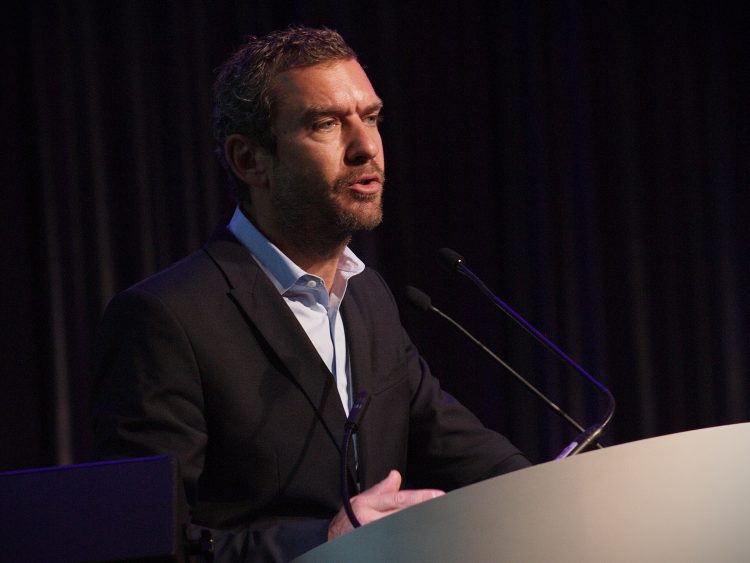Robotic cataract surgery on the horizon

Howard Larkin
Published: Monday, October 14, 2019
 Jean-Pierre Hubschman MD speaking at AAO 2019 in San Francisco, California.
A fully automated robotic cataract surgery platform that extracts the nucleus and cortical materials has been successfully tested in pig eyes and could enter human trials in three to four years, Jean-Pierre Hubschman MD told AAO 2019 in San Francisco, USA.
The device uses a complete preoperative OCT scan to construct a model of the eye and plan surgery. During surgery, partial OCT scans are used to monitor where the automated instrument is in the eye, and direct it to lens and cortical material remaining in the capsule. A surgeon monitors the operation and can over-ride the device if necessary, said Dr Hubschman, of the Stein Eye Institute and Advanced Robotic Eye Surgery Lab at the University of California—Los Angeles.
Potential advantages of automated surgery include more complete nucleus and cortex removal and reduced risk of capsule rupture by providing better visualisation, as well as eliminating physiological tremor in surgeons’ hands, and providing tactile feedback in semi-automated systems, Dr Hubschman said.
He hopes to automate capsule polishing and IOL alignment soon. Semi- and fully automated devices for vitreoretinal surgery are also in the works.
Jean-Pierre Hubschman MD speaking at AAO 2019 in San Francisco, California.
A fully automated robotic cataract surgery platform that extracts the nucleus and cortical materials has been successfully tested in pig eyes and could enter human trials in three to four years, Jean-Pierre Hubschman MD told AAO 2019 in San Francisco, USA.
The device uses a complete preoperative OCT scan to construct a model of the eye and plan surgery. During surgery, partial OCT scans are used to monitor where the automated instrument is in the eye, and direct it to lens and cortical material remaining in the capsule. A surgeon monitors the operation and can over-ride the device if necessary, said Dr Hubschman, of the Stein Eye Institute and Advanced Robotic Eye Surgery Lab at the University of California—Los Angeles.
Potential advantages of automated surgery include more complete nucleus and cortex removal and reduced risk of capsule rupture by providing better visualisation, as well as eliminating physiological tremor in surgeons’ hands, and providing tactile feedback in semi-automated systems, Dr Hubschman said.
He hopes to automate capsule polishing and IOL alignment soon. Semi- and fully automated devices for vitreoretinal surgery are also in the works.